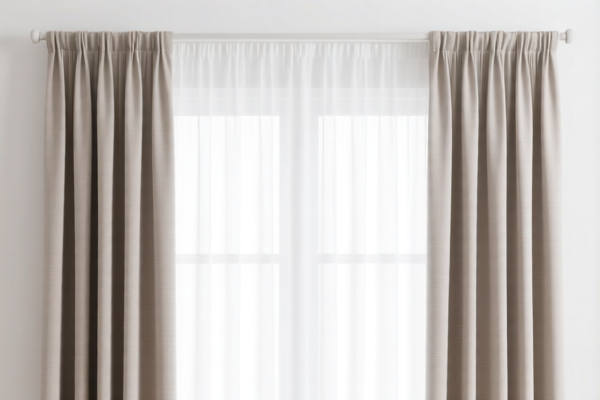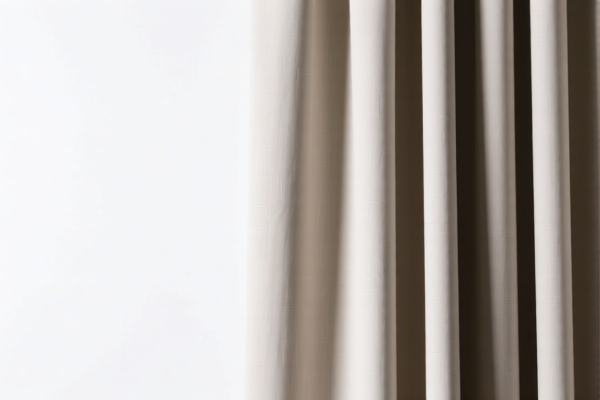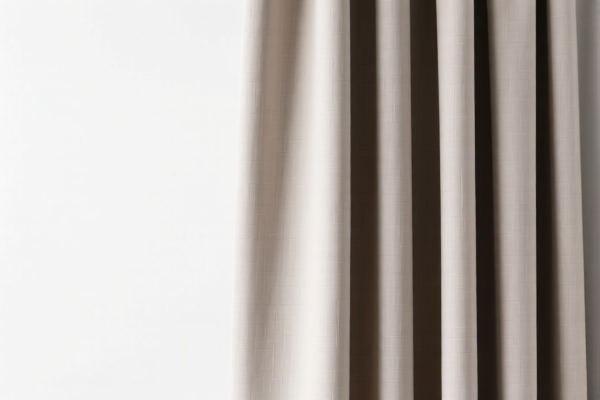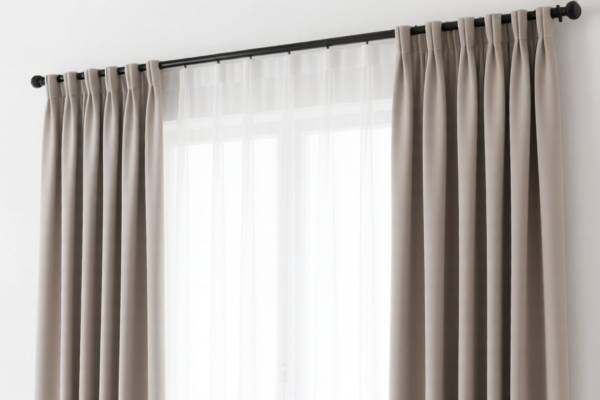| HS Code | Official Doc | Tariff Rate | Origin | Destination | Effective Date |
|---|---|---|---|---|---|
| 5905001000 | Doc | 55.0% | CN | US | 2025-05-12 |
| 5905009000 | Doc | 55.0% | CN | US | 2025-05-12 |
| 5903901000 | Doc | 57.7% | CN | US | 2025-05-12 |
| 5903902000 | Doc | 55.0% | CN | US | 2025-05-12 |
| 6303120010 | Doc | 48.8% | CN | US | 2025-05-12 |
| 6303922010 | Doc | 48.8% | CN | US | 2025-05-12 |
| 6304920000 | Doc | 36.3% | CN | US | 2025-05-12 |
| 6304930000 | Doc | 39.3% | CN | US | 2025-05-12 |
| 3918103110 | Doc | 59.2% | CN | US | 2025-05-12 |
| 3918103210 | Doc | 61.5% | CN | US | 2025-05-12 |
| 3926904800 | Doc | 33.4% | CN | US | 2025-05-12 |
| 3926909989 | Doc | 42.8% | CN | US | 2025-05-12 |
| 4818900080 | Doc | 37.5% | CN | US | 2025-05-12 |




Blackout Curtains
Blackout curtains are window coverings designed to block the passage of light, providing darkness or reduced light levels within a room. They are typically employed for purposes related to sleep, privacy, and temperature control.
Material
Blackout curtains are constructed from tightly woven fabrics, often with multiple layers. Common materials include:
- Polyester: A widely used synthetic fabric, known for its durability, affordability, and resistance to wrinkles and fading. Often features a foam backing or special weave for light-blocking properties.
- Velvet: A luxurious, heavier fabric that naturally blocks a significant amount of light. Often used for a more formal aesthetic.
- Silk: Similar to velvet, silk provides good light blockage but is more delicate and expensive.
- Cotton: Can be used, but typically requires a blackout lining to achieve effective light blocking.
- Linen: Offers a natural look, but usually needs a blackout lining.
- Blackout Lining: A separate layer of fabric (often acrylic or polyester) attached to the back of a lighter curtain fabric to enhance light-blocking capabilities.
Purpose & Function
- Light Blocking: The primary function is to prevent or minimize light from entering a room.
- Privacy: Offer increased privacy by preventing outside visibility.
- Temperature Regulation: The dense fabric acts as an insulator, helping to reduce heat loss in winter and block heat gain in summer, potentially lowering energy costs.
- Noise Reduction: The thickness of the fabric can contribute to sound dampening, reducing outside noise.
- Shift Workers/Sensitive Sleepers: Ideal for individuals who work irregular hours or are easily disturbed by light.
- Media Rooms: Enhance the viewing experience by minimizing glare on screens.
Usage Scenarios
- Bedrooms: Most common application for improving sleep quality.
- Home Theaters/Media Rooms: Optimizing viewing conditions.
- Nurseries: Creating a dark and peaceful environment for infants.
- Offices/Conference Rooms: Improving presentation clarity and reducing glare.
- Hotels: Providing guests with a comfortable and restful sleep environment.
Common Types
- Single Panel: A single piece of fabric covering one window.
- Two-Panel Set: Two panels designed to be hung on either side of a window, allowing for adjustable light control.
- Triple Weave: Fabric construction with three layers woven together to block light without the need for a separate lining.
- Thermal Blackout Curtains: Feature additional insulation for enhanced temperature regulation.
- Room Darkening vs. Total Blackout: Room Darkening curtains block a significant amount of light, but may not achieve complete darkness. Total Blackout curtains are designed to block virtually all light.
- Grommet, Rod Pocket, Tab Top, Pleated: Various heading styles for hanging the curtains.
- Motorized Blackout Curtains: Automated operation via remote control or smart home systems.
Blackout curtains are typically used for blocking light, providing privacy, and often for thermal insulation. They are commonly made from synthetic fibers or cotton and are used in residential and commercial settings.
The following HS codes may be relevant:
-
6303120010: Curtains (including drapes) and interior blinds; curtain or bed valances: Knitted or crocheted: Of synthetic fibers Window shades and window blinds. This code covers knitted or crocheted curtains made of synthetic fibers.
- 63: Furnishings; bedding, mattresses, support-restraining appliances and similar articles; lamps and lighting fittings, not elsewhere specified or included; signboards, nameplates and similar articles; mirrors.
- 03: Curtains (including drapes) and interior blinds; curtain or bed valances.
- 12: Knitted or crocheted.
- 0010: Of synthetic fibers Window shades and window blinds.
-
6303922010: Curtains (including drapes) and interior blinds; curtain or bed valances: Other: Of synthetic fibers: Other Window curtains (including drapes) and window valances. This code covers curtains made of synthetic fibers that are not knitted or crocheted.
- 63: Furnishings; bedding, mattresses, support-restraining appliances and similar articles; lamps and lighting fittings, not elsewhere specified or included; signboards, nameplates and similar articles; mirrors.
- 03: Curtains (including drapes) and interior blinds; curtain or bed valances.
- 92: Other.
- 2010: Of synthetic fibers: Other Window curtains (including drapes) and window valances.
-
6304930000: Other furnishing articles, excluding those of heading 9404: Other: Not knitted or crocheted, of synthetic fibers (666). This code covers other furnishing articles (excluding those of heading 9404) that are not knitted or crocheted and are made of synthetic fibers.
- 63: Furnishings; bedding, mattresses, support-restraining appliances and similar articles; lamps and lighting fittings, not elsewhere specified or included; signboards, nameplates and similar articles; mirrors.
- 04: Other furnishing articles, excluding those of heading 9404.
- 93: Not knitted or crocheted, of synthetic fibers (666).
- 0000: Other.
Regarding HS codes 6303120010 and 6303922010, the material is specified as synthetic fibers. If the blackout curtain is made of cotton, HS code 6303120010 and 6303922010 would not be applicable.
Customer Reviews
No reviews yet.